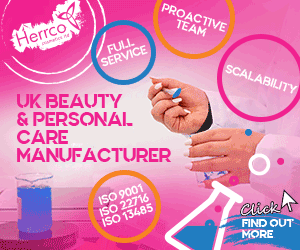The European Commission’s Scientific Committee on Consumer Safety has granted the cosmetics industry to use a new nano filter in sun care products.
Bisoctrizole compound methylene bis-benzotriazolyl tetramethylbutylphenol (MBBT) can now be used in its nano form as a UV-filter and at a concentration of 10%.
However, companies, must follow guidelines in order to use the compound in its products:
- The purity level must be at least 98.5%, with the isomer faction not exceeding 1.5%, and the impurity profile similar to the one assessed by the SCCS.
- The median particle size is 120nm or larger and 60nm or larger.
- It complies with the physicochemical specification of the evaluated material, in terms of chemical identity, physical form and chemical composition.
Environmental Impacts?
Despite its success in sun care the SCCS has issued a warning about the compound’s potential long lasting harmful effects to aquatic life, as the compound has been classified as as Aquatic Chronic 4 H413 according to CLP regulation.
It has previously reported that chemicals commonly found in sunscreens, including oxybenzone, are contributing to coral bleaching and leaving dormant.
Today, an estimated 6,000-14,000 tonnes of sunscreen are deposited into coral reef areas of the sea every year, which could have a major impact on marine life.
Earlier this year, Hawaii became the first US state to band sunscreens containing oxybenzone and octinoxate, another harmful chemical, due to the effects on its wildlife.




